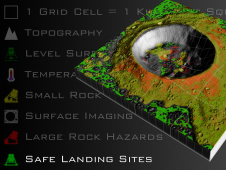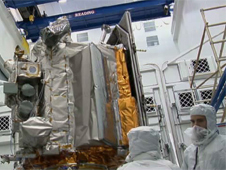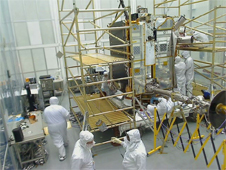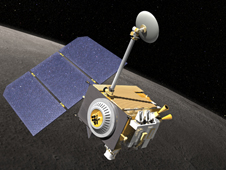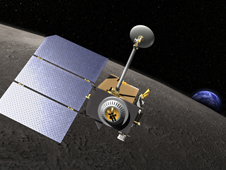LRO's Project Site
LCROSS Web Site
Top Story
News and Features
-

Robot Scout: Fly Me (Safely) to the Moon
Reliable power and potential lunar resources make the lunar poles attractive enough to attempt hairy landings on a crater rim. It's up to LRO to make those landings as safe as possible.
-

NASA Tests Moon Imaging Spacecraft at Goddard
NASA's Lunar Reconnaissance Orbiter has completed the first round of environmental testing at the Goddard Space Flight Center in Greenbelt, Md.
-

The LRO/LCROSS Flight to the Moon
How to plan for a moon mission 101.



